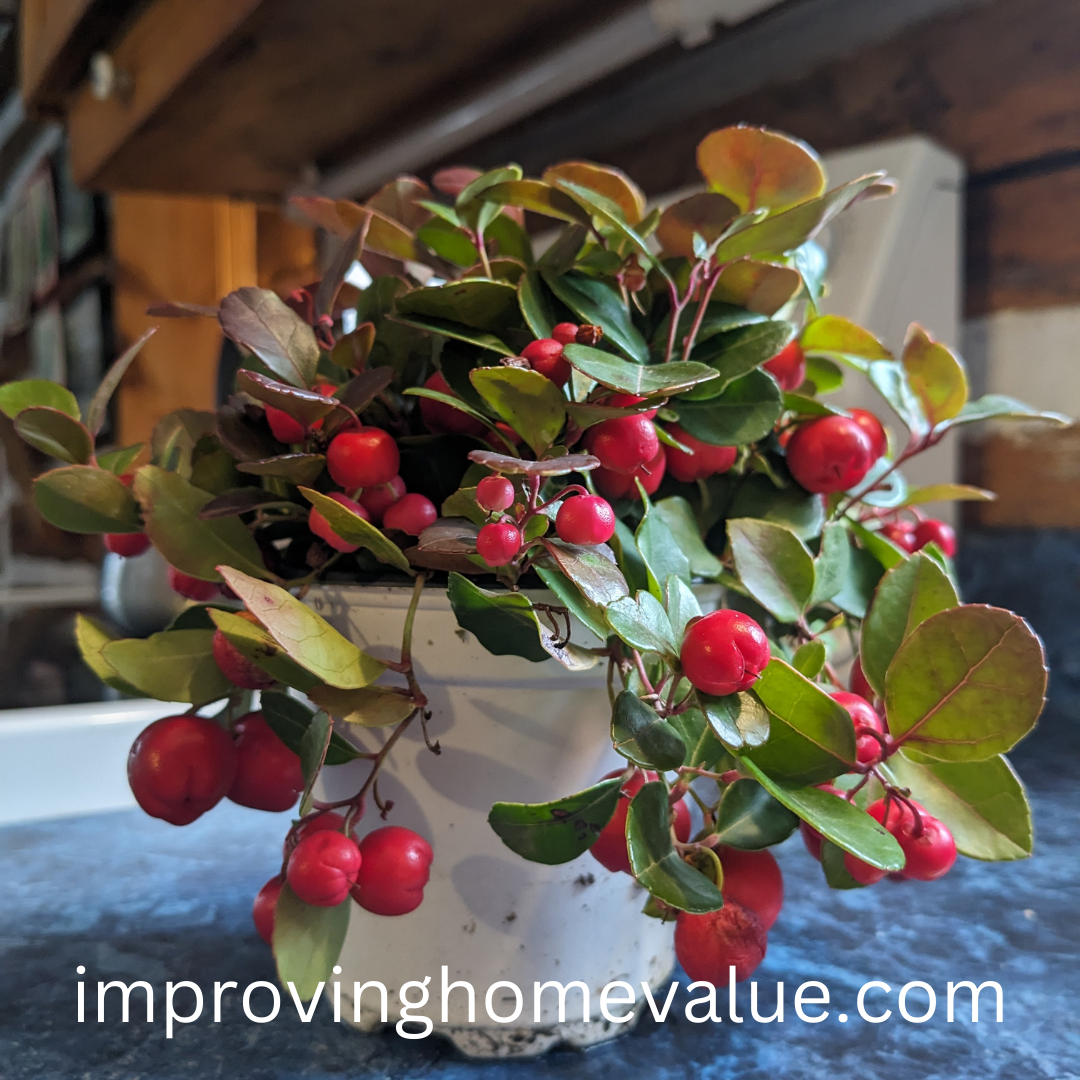Wintergreen plants are like the chill roommates of the garden world, pretty low maintenance but still requiring a bit of attention to thrive. These plants love bright, indirect sunlight, so finding a spot that gets dappled light will keep them happy. Direct, blazing sun can be a little too harsh. If you’re growing them indoors, a spot near an east or west-facing window should do the trick.
Choosing the right soil is a bit like matchmaking the plant with its perfect partner. Wintergreen thrives in acidic, well-draining soil. If your garden soil doesn’t naturally lean acidic, you might have to amend it a bit. Some well-rotted pine needles or a dash of sulfur can nudge the pH down, creating that perfect mix for Wintergreen happiness.
When it comes to watering, think of Wintergreen as a middle-of-the-road coffee drinker – not too much, not too little. Keep the soil consistently moist, but not soggy. During the summer months, you might need to amp up the watering as they soak up more moisture. However, in winter, cut back since the plant takes a bit of a nap.
Now, just because Wintergreen is pretty chill, doesn’t mean it gets a free pass from bugs. Keep an eye out for pests like spider mites and scale insects. A gentle horticultural oil or insecticidal soap can usually send these garden party crashers packing. As for diseases, powdery mildew can sometimes show up, but with good air circulation and keeping leaves dry, it’s less of an issue.
And about that perennial question: yes, Wintergreen is indeed a perennial. Consider them permanent residents of your garden. Each year, they’ll bounce back, offering their glossy leaves and bright berries to spice up your space. A little care setup from the get-go, and you’ll have a garden friend for years to come.
Choosing and Planting Your Wintergreen
Finding just the right place to set your Wintergreen plants is like choosing a prime real estate spot. They thrive in both shady gardens and as indoor guests where light is a bit more diffused. If you’ve got a quieter corner of your garden or a spot near a porch, that might be the sweet spot.
When thinking about varieties, Wintergreen offers a bit of choice, each with its quirks. You’ve got Galtheria procumbens, the good ol’ classic that’s often used in teas or as a ground cover with its striking red berries. Then there’s the Eastern Teaberry, delivering vibrancy with those glossy green leaves and signature bright berries.
Origin stories are always fun, right? Wintergreen is native to North America, particularly found cozying up in the woodlands and forest edges. Its preference for shaded forest floors gives it that hardy, adaptable nature, making it a wonderful candidate for less sunny garden spots.
Getting down to the planting grabs all the excitement. Start with loose, organically rich soil. A well-mixed soil that’s slightly acidic is the best, and you should plant them a couple of feet apart, giving them room to spread their roots. After planting, a solid drink of water will help them settle in nicely.
In summary, a spot with dappled light, the right soil conditions, and a little patience are your best bet for a thriving Wintergreen. Once planted, you’ll simply need to give it occasional check-ups and let nature take its course.

Exploring the Benefits of Wintergreen
Wintergreen plants do more than just pretty up a garden. They offer a mini refuge for wildlife, especially in the colder months. Those bright red berries aren’t just eye candy—they’re a winter snack for birds and small mammals.
The plant’s leaves have been used in traditional remedies thanks to their high methyl salicylate content. It’s like nature’s own little soothing balm, often found in teas and topical ointments, making it a staple in natural medicine circles.
From a landscaping perspective, Wintergreen adds an attractive evergreen presence to gardens. Its compact size and ability to cover ground make it perfect for borders and under taller shrubs.
There’s a rich tapestry of cultural significance surrounding Wintergreen. Indigenous peoples valued the plant not only for its medicinal benefits but also for spiritual and practical uses, weaving it into their daily life and traditions.
In essence, Wintergreen isn’t just about staying green through winter. It provides tangible benefits to both fauna and human alike, making it a truly versatile addition to your garden.
